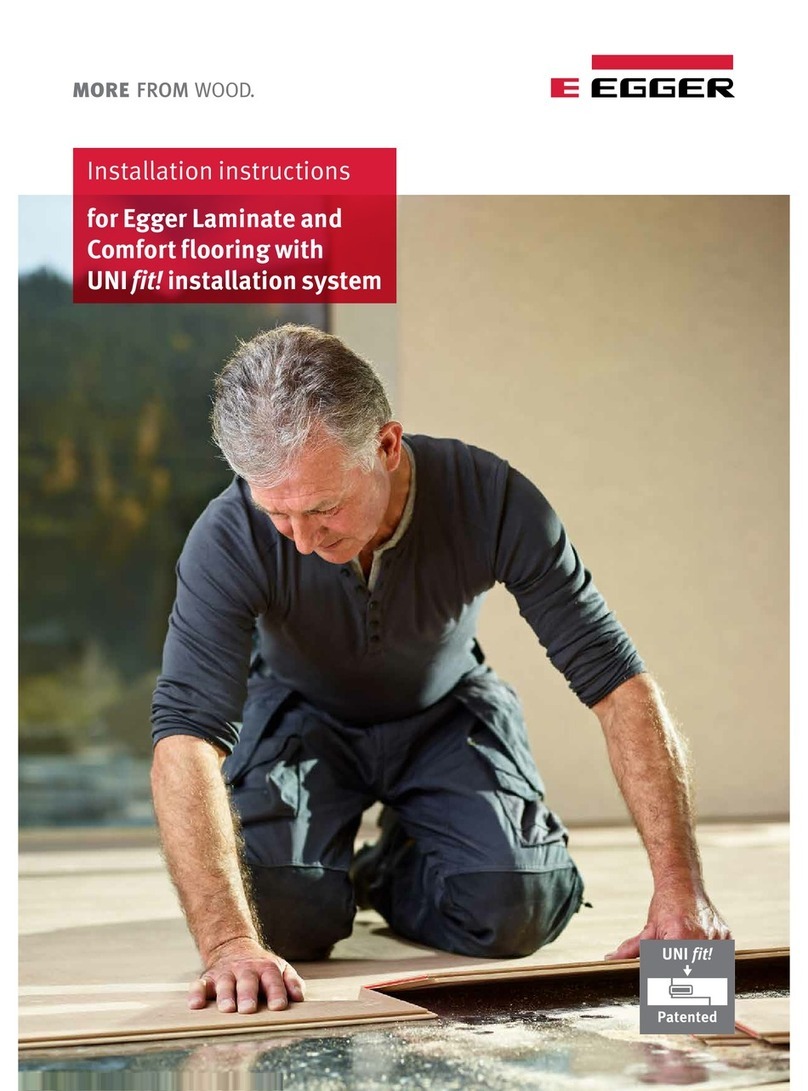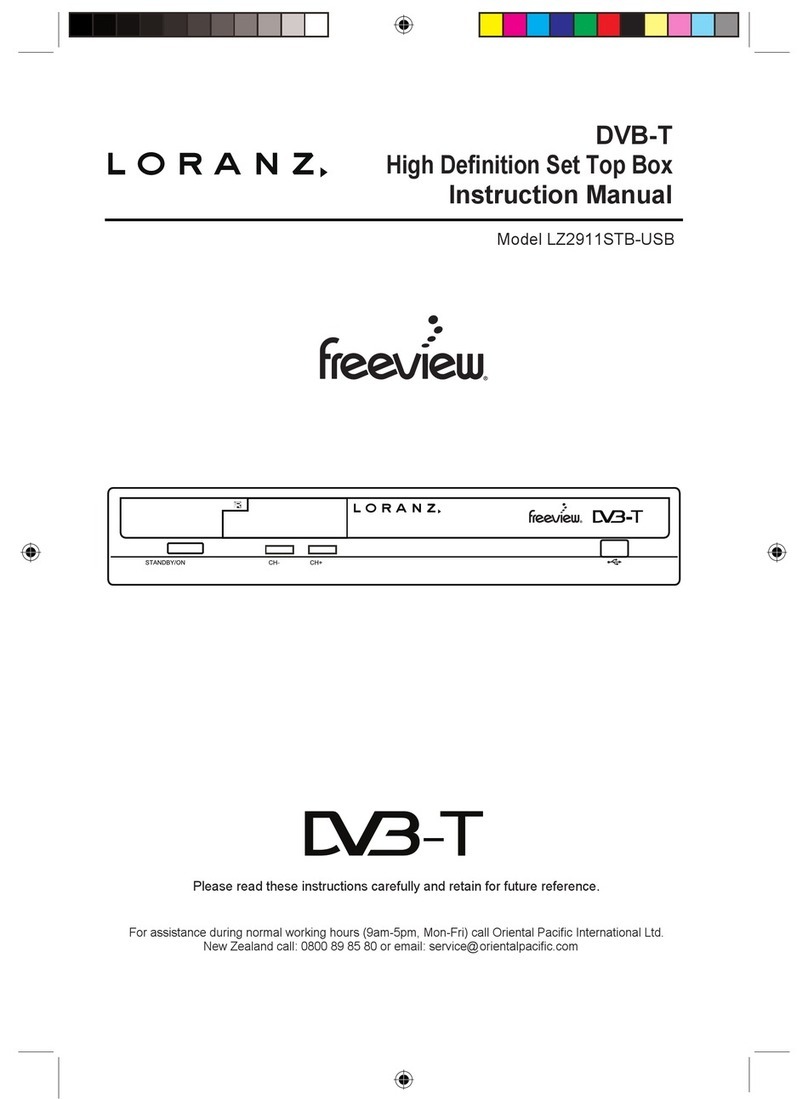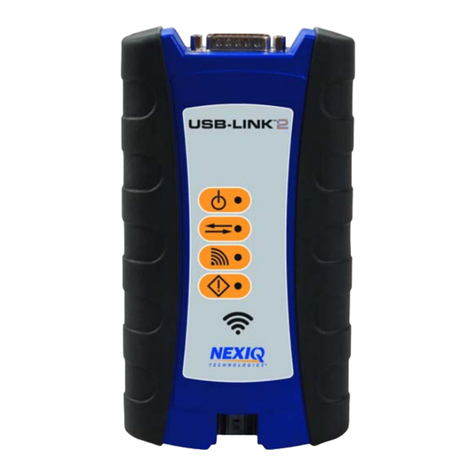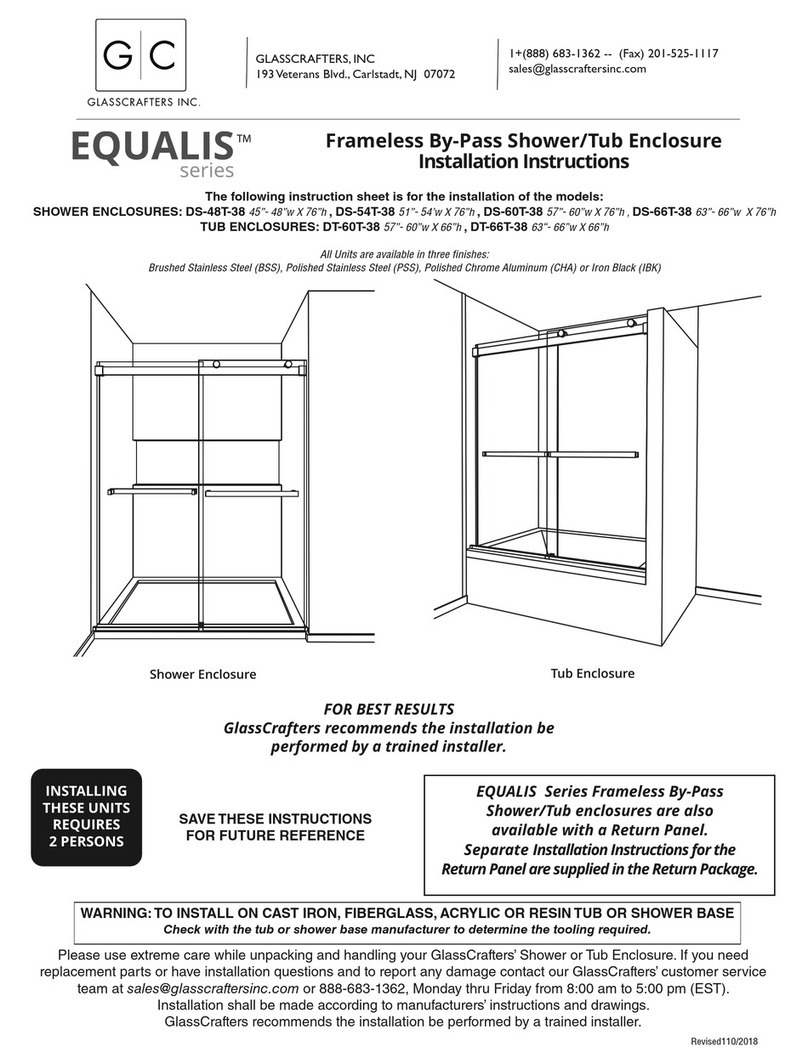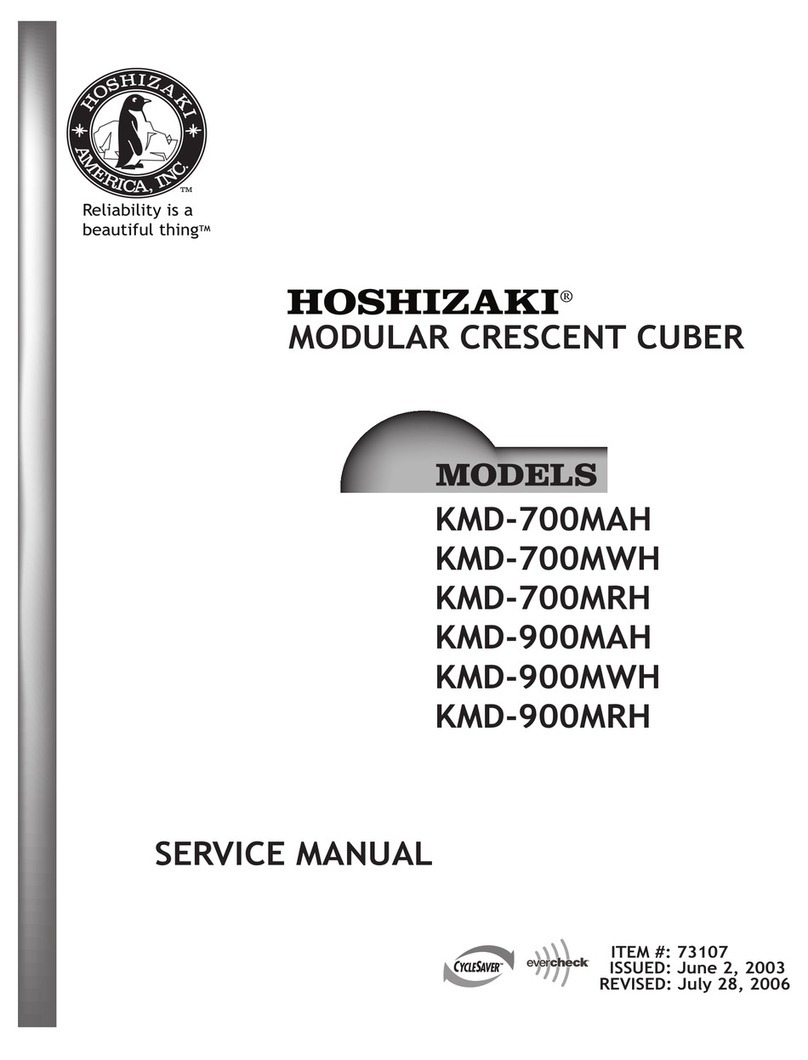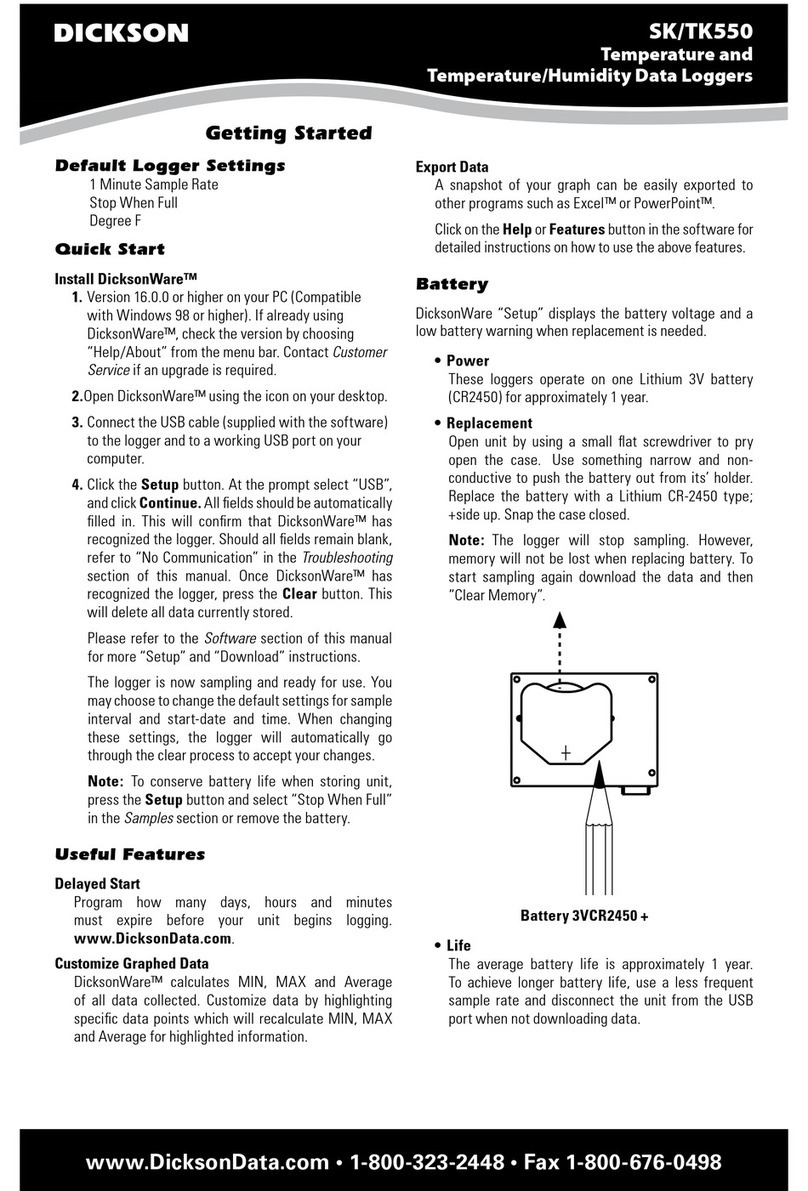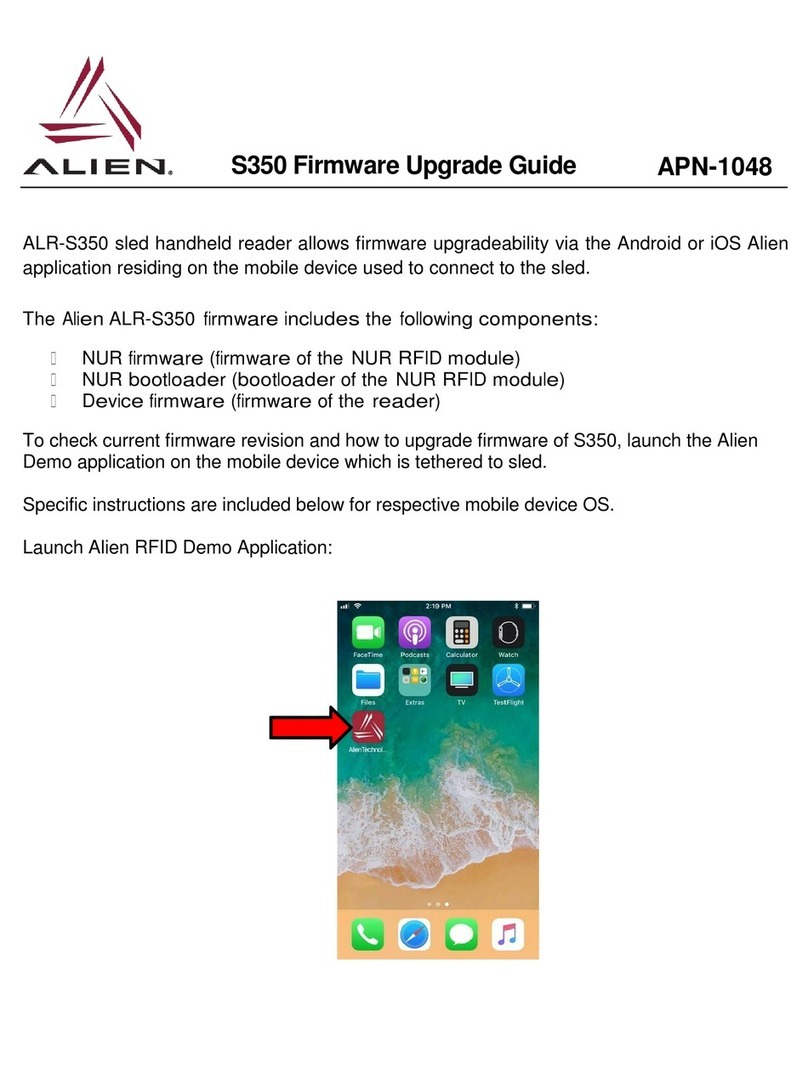Egger JUSTclic! User manual

Installation instructions
Egger Laminate Flooring
with JUSTclic! installation system

2
. Obligatory testing and exercise of due care
EGGER laminate flooring is manufactured in precise stages in highly-advanced and modern production facilities. Both finished and
ongoing products are subjected to regular stringent checks. Yet, despite quality controls, damage to individual boards, for example
during transport, cannot always be completely prevented. Therefore, it is a requirement to visually double-check each flooring
element before and during the installation job. Damaged or otherwise unsuitable flooring elements (products) must not be installed
and should be returned to the retailer and exchanged.
. Sub-floors
2.1
All sub-floors must be prepared for installation in accordance with regular sub-floor preparation procedures and accepted
tolerances within the flooring industry. Please consider the following points before beginning installation of laminate flooring
manufactured by EGGER. In case of failure to comply, all guarantee and warranty claims will become void.
Check the moisture level in the sub-floor:
Use a CM device to make sure the following levels are not exceeded:
For cement-based screed ≤ 2CM % – heated screed ≤ 1.8 CM %
For calcium sulphate screed /calcium sulphate floating screed ≤ 0.5CM% – heated screed ≤0.3 CM%
These values apply to screeds without additives. With the use of additives and in case of fast-setting screed, the measurements
and limitis specified by the respective manufacturer shall apply.
The test material must be obtained from the lower one-third of the screed. During this process, the thickness of the screed must
be measured and documented.
Check if the sub-floor is level:
The evenness test is based on common standards and takes place by placing a yardstick/straight-edge on the high points of the
surface and determining the gauge at the deepest location in relation to the bearing surfaces (measuring point intervals).
Use a max. 2mm gauge (vertical deviation) at 100 cm intervals. Larger deviations should be addressed by suitable measures (e.g.,
with self-levelling compounds).
Check the load-bearing capacity of the sub-floor:
The sub-floor must be a sealed, self-supporting layer.
Check if the sub-floor is clean:
The sub-floor must be vacuum cleaned.
Check atmospheric conditions:
The following conditions should be met before, during and after installation:
an air temperature of at least 18° C
a floor surface temperature of at least 15° C
a relative air humidity of between 40% and 70%
2.2
Laminate flooring from EGGER installed as a floating flooring configuration can be installed on all sub-floors which meet the above
described requirements. This includes in particular:
all types of screed including hot water-heated screed
chipboard constructions
fibreboards
existing floor coatings such as PVC, linoleum, natural stone slabs and ceramic tiles
Obligatory testing and exercise of due care/Sub-floors

3
Unsuitable sub-floors:
EGGER laminate flooring may never be installed on textile floor coverings (e.g., carpeting) or sub-floors that are not properly
prepared for installation. In case of failure to comply, all guarantee and warranty claims will become void.
Sub-floors of limited suitability include:
electrically operated underfloor heating (controlling the surface temperature)
Electrical underfloor heating systems are classified as sub-floors with limited suitability given that a range of film-based,
electrical heating systems are able to generate surface temperatures that significantly exceed 28°C. EGGER approves use of an
electrically operated underfloor heating system if it can be controlled digitally and the surface temperature can never exceed 28°C.
Furthermore, the heating system manufacturer must approve the use of the system in combination with laminate flooring.
Screed
If the laminate flooring system is installed floating on screed, you have to consider that possible residual moisture in the sub-floor
will seep to its surface. Consequently, all types of screed (with the exception of mastic asphalt) require, prior to the installation of
a system-specific insulating layer (see section: Attention! Underlay materials), a moisture protection film with an SD value ≥ 75m to
be installed as vapour barrier over the entire surface & extend up the wall. When properly and professionally installed, the strips of
the moisture protection film must overlap 5-20cm in the joining areas depending on the design.
Screeds with hot water floor heating
When building a heated flooring structure, all participants (builder, architect, heating specialist, heating technician, installer and
flooring manufacturer) must work together in a coordinated manner. All surface-heated flooring requires appropriate planning
and co-ordination for the heating system and screed in order to ensure maximum long-term performance without causing any
damage. The standard checks of the installation sub-floor must include inspecting the function of the floor heating/cooling system
(functional heating/cooling). Proof of the proper raising and lowering of the temperature of the heated screed structure in any
season must be provided and documented according to a protocol.
When heating the load and heat distribution layer, a distinction is made between functional heating and floor curing heating.
Functional heating is the proof of the heating installer that a proper structure has been built and is used to verify the functionality
of heated flooring structures.
Floor curing heating is the expelling of the residual moisture in the screed until installation suitability is reached.
Attention: Functional heating does not guarantee that the screed has reached the residual moisture required for installation
suitability. Therefore, installation curing is generally necessary.
Attention! The surface temperature of a heated floor structure may not exceed 28°C (83°F). EGGER laminate flooring is generally
installed floating. When installing on mineral sub-floors, it is absolutely necessary to install a moisture protection film with an
SD value ≥ 75 m as vapour barrier prior to the insulation underlay, on the entire surface and extending up the wall. During floating
installation, the heat conductivity of the laminate flooring and of the insulation underlay must be taken into account. The sum of the
heat conductivity values of all components must be ≤0.15m² K/W in line with EC requirements. When using insulating layers which
are not part of the EGGER accessories range, floating installation on heated screed voids all warranties in regards to compliance
with the effective, maximum allowable thermal transfer resistance of the overall structure.
Natural stone and ceramic tiles
Possible residual moisture in the sub-floor may rise to the surface (see section: Attention! Underlay materials), a moisture
protection film with an SD value ≥ 75m must be installed as vapour barrier over the entire surface & extending up the wall.
Woodchip and fibreboard
A specially designed insulating underlay is recommended (see section: Attention! Underlay materials) should be installed. A
moisture protection film (vapour barrier) is not necessary.
Sub-floors

4
Wooden boards
Any loose boards should be properly screwed down. A specially designed insulating underlay is recommended to improve
soundproofing (see section Attention! Underlay materials). A moisture protection film (vapour barrier) is not necessary. The
laminate flooring boards must be laid at right angles to existing floorboards.
Elastic flooring surfaces (PVC, linoleum, vinyl)
The use of flexible floor coverings meets the damp-proofing requirements and thus eradicates the need for a moisture protection
film. A specially designed insulating underlay is used to improve soundproofing (see section: Attention! Underlay materials).
Wet rooms/wet areas
Attention! Laminate flooring from EGGER is not suitable for installations in wet rooms and wet areas such as bathrooms, saunas or
in similar rooms. In case of failure to comply, all guarantee and warranty claims will become void.
Attention! Underlay materials
On mineral sub-surfaces, however, a moisture protection film with an SD value ≥ 75m must always be installed first, over
the entire surface and extend up the walls. Exceptions are the use of EGGER Silenzio Duo (2 in 1 insulation underlay with
integrated moisture protection) or a comparable 2 in 1 underlayer board. In these cases, a separate moisture protection
film is not necessary.
A system-specific EGGER Silenzio underlay must be used under EGGER laminate flooring. Alternative underlayer boards are
available at www.egger.com. The exception is the EGGER laminate flooring with laminated Silenzio underlayer board on the
reverse. An additional insulation underlay is not permitted in this case.
. Before the installation
Acclimatisation of the floor boards
The packages of laminate flooring have to be stored in the room where they will be installed or in a room with the same climate
condition before starting the installation. Acclimatisation takes place within the following guidelines:
packed
for a period of at least 48 hours
laid flat with a minimum of 50cm from all walls
at a room temperature of at least 18° C
at a flooring surface temperature of at least 15° C
at a relative atmospheric humidity of between 40% and 70%
Direction of installation
Laminate flooring looks best when the floor boards are installed parallel to the light direction. However, in the case of sub-floors
made of floorboards or strip parquet/wooden floors, the floorboards must be installed at right angles or in the same direction of
the strip parquet/wooden floor.
Planning the first row
First, the room must be measured to determine whether the width of the first row should be reduced. This will be necessary if the
last row to be laid is calculated to be less than 5cm wide.
Planning expansion gaps
Laminate flooring, like all organic materials, is subject to certain types of movement (shrinkage/expansion) due to changes in
climate conditions. If expansion joints are used, the installed floor will not be affected as they provide spaces for these changes
to take place. Expansion gaps 8 to 10 mm wide to all fixed objects such as walls, door frames, pipes, pillars, stairs etc. should be
observed.
Installation sub-floors/Prior to installation

5
Planning movement profiles
Transition mouldings must be installed in the following areas and flooring sizes because of the natural movement behaviour of
laminate flooring:
door thresholds
passageways
angled areas
room lengths and/or widths of more than 10m
. Installation
Check the floor panels in the first row for any damage/fault. Ensure you understand the difference between the tongue and the
groove on the panel (Fig. 1).
Start laying the first row of boards in a left-hand corner of the room with both tongue sides of the panel facing the wall (Figure 2).
In order to fit the panels insert the new panel to be laid at an angle from above into the connection system of the already laid
panel and lower it until it lies flat on the sub-floor (Figure 3). The last panel in the first row can be marked and cut to the required
length. In order to allow subsequent rows to be added to the long edge without gaps, make sure the long edges of the panels are
lined up precisely in the first row. It is recommended to insert a piece of the flooring as a stop / spacer between the wall and the
flooring being installed in the first row, respectively in the area of the end joints. After installing the first 2-3 rows, remove these
positioning elements and correctly align the installed laminate flooring with the walls, observing the required gaps (placing the
spacers). (Figure 3 to 10)
Start installing the 2nd row with the remaining panel of the 1st row, if the latter is at least 200 mm long. In the following rows, the
new row can be started with the remaining panel, while observing the minimum offset of the short ends.
Attention! Make sure that the short ends are staggered at least 200mm (8”). In case of products supplied with the bevel and/or
with a special decor (e.g., tiles decor), ensure the offset is even according to the bevel and/or pattern.
Place the tongue on the protruding lower lip of the first panel of the first row (Figure 5). Connect all other panels for this row on
their narrow sides as described above, until the entire row is installed. Afterwards, all short sides of the panels in this row should
be adjusted and connected with each other (Figure 6).
Slightly raise the first panel or panel section and connect its long edge with the first row. Continue to do so until you have
connected the whole row with the previously laid row (Figure 7). Pay attention that the panels are not displaced along the short
sides.
You can now install panel after panel, row after row.
In order to prepare the last row of panels for installation, take the panel and place it exactly on top of the row before last. By means
of a residual panel (panel width), it is possible to transfer the wall structures to the element within a pre-chosen distance.
A
B
2
8-10 mm
3
ba
4
ba
5
6
ba
7
b ca
8 9
ba
10
A B
1
Prior to installation/Installation

6
Removal/Dismantling of Elements
In order to replace installed panels without destroying them, you first have to unlock the entire row by tilting it and then offset the
panels at the short ends while tilted. Proceed with due care in order to avoid damaging the tongue and groove.
a b c
a b a b
Class , and Commercial Applications
PVAC glue (D3)PVAC glue (D3)
In industrial areas you have to anticipate extraordinary exposure to moisture. As a result, additional sealing with PVAC glue (D3) is
mandatory for such applications. Apply the sealing glue to the top of the tongue on the short and long edge. The glue should ooze
out along the complete long and short edge after the panels have been connected together. Excess sealing glue is easy to remove
from the surface immediately or after a short drying period.
Attention! Ensure that the elements below the sealing glue are installed without a gap.
Built-in kitchens/built-in cabinets
Built-in kitchens and built-in cabinets should be assembled prior to installation and the laminate floor should be laid under the
plinth panel.
Pipes
Measure the position of the pipes and mark it on the panel (allow for edge joint).
Drill at least 16 mm more than the diameter of the pipe.
Saw to the holes at a 45° angle.
Fit and glue the sawn piece.
Installation

7
Door frames
Remove this
part
PVAC glue (D3)
For wooden door frames, we recommend undercutting them – with the approval of the customer – according to the thickness of
the flooring and the underlay.
Install the flooring underneath the door frame – leave the necessary expansion gaps. In the event that your installation job will
end underneath a door frame, we recommend that the locking part is removed from the protruding groove of the pre-installed
panel with a chisel. The newly installed panel can then be pushed horizontally over the groove of the previously installed panel.
This connection area has to be glued with a PVAC glue.
If you have a door frame that cannot be shortened, e.g., one made of metal, we recommend that you close or cover the expansion
gaps with sealant or suitable end profiles.
= + 16 mm
a
b
c
Floor profiles
Install the required flooring profiles and the skirtings after the laminate flooring has been installed in the correct way as described
above. Simple assembly instructions are enclosed with all the accessories.
Attention! With most types of profile, the base (sub-profile) taking the cover profile must be installed prior to installing the laminate
floor.
Installation

8
. Cleaning and maintenance
Entrance areas must be fitted with a properly sized clean-off zone/doormat.
In commercial applications where the laminate flooring area leads directly outside, an appropriately sized clean-off zone must be
built into the floor structure.
Attach felt pads to the feet of furniture, including chairs and tables. Clean these regularly, check for proper functionality, and
replace if required.
Lift furniture when moving, rather than pushing or dragging.
Use soft furniture castors (type W) in the case of office chairs and all other objects on castors. Clean office chair and furniture
castors regularly, check for proper functionality and replace if required.
Wipe any stagnant moisture/liquids from the laminate flooring immediately.
Steam cleaners should not be used, with the exception of Aqua+Laminate Flooring.
Only clean the laminate floor with a damp cloth.
Never use abrasives or scouring agents on the laminate floor.
Do not use cleaning products that may leave a residue. We recommend our system-related flooring cleaner Clean-it from EGGER.
Waxing and/or polishing is neither necessary nor permitted.
Subsequent surface sealing of EGGER Laminate Flooring is not necessary and not permitted.
Use the hard floor nozzle (brush accessory) when vacuum cleaning.
No matter how hard-wearing your floor is, a laminate floor board may still get damaged. If the damage is slight, the problem can be
easily solved with EGGER’s system-related repair paste Decor Mix & Fill. If the damage is more serious, a professional installer will
be able to replace an entire panel. Separate instructions are available upon request.
For special installation instructions, for example how to deal with stairs, or other questions, please contact your retailer for expert
advice.
Cleaning and maintenance

www.egger.com
EGGER Holzwerkstoffe Wismar
GmbH & Co. KG
Am Haffeld 1
23970 Wismar
Germany
T +49 3841 301-0
F+49 3841 301-20222
flooring@egger.com
EGGER Drevprodukt Gagarin
Ezhvinsky proezd, 1
215010 Gagarin
Oblast Smolensk
Russia
T +7 48135 79-300
F+7 48135 79-311
info-ru@egger.com
BR_flo_EGGER_installation_instruction_JUST clic!_en_03/2018_SCG
Subject to technical modifications and printing errors.
Advice, service and more:
Table of contents
Other Egger Other manuals
Popular Other manuals by other brands

Raptor Series
Raptor Series 1501-0581 Installation instruction
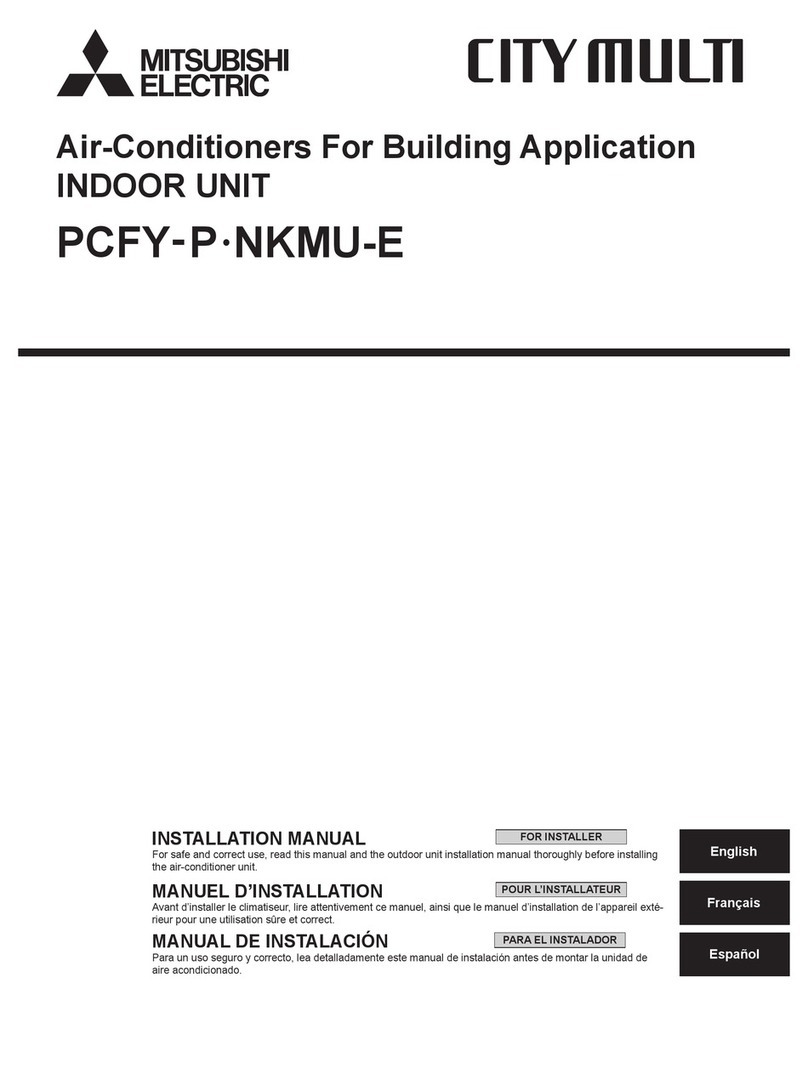
Mitsubishi
Mitsubishi City multi PCFY-P installation manual
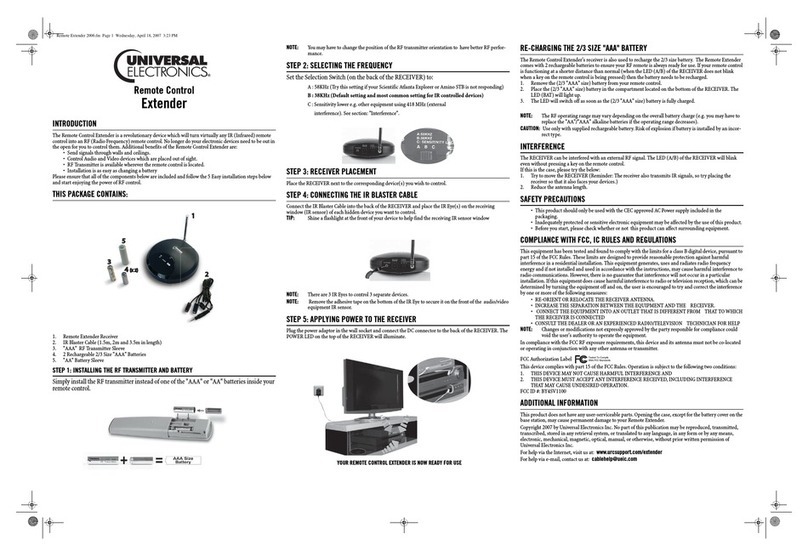
Universal Electronics
Universal Electronics REMOTE EXTENDER Safety precautions

Schweitzer Engineering
Schweitzer Engineering SEL-300G quick start guide
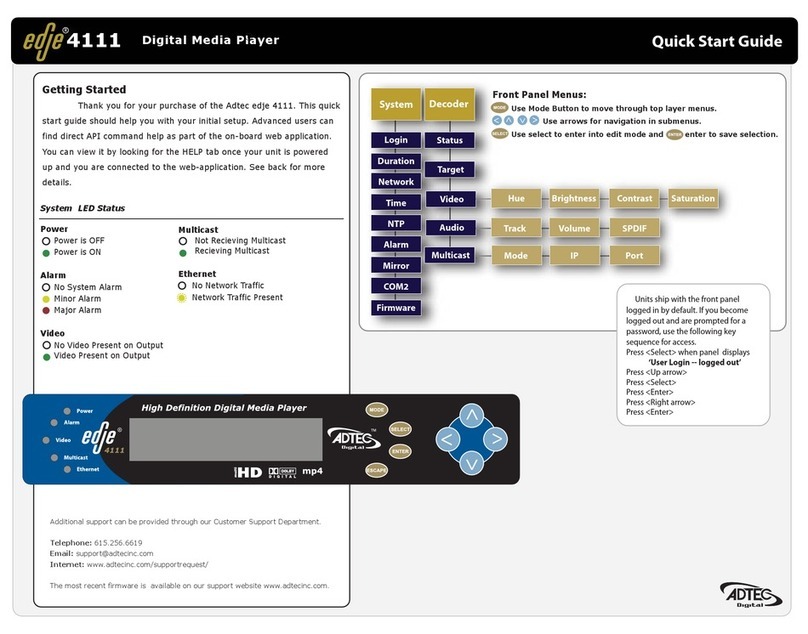
Adtec
Adtec edje 4111 quick start guide
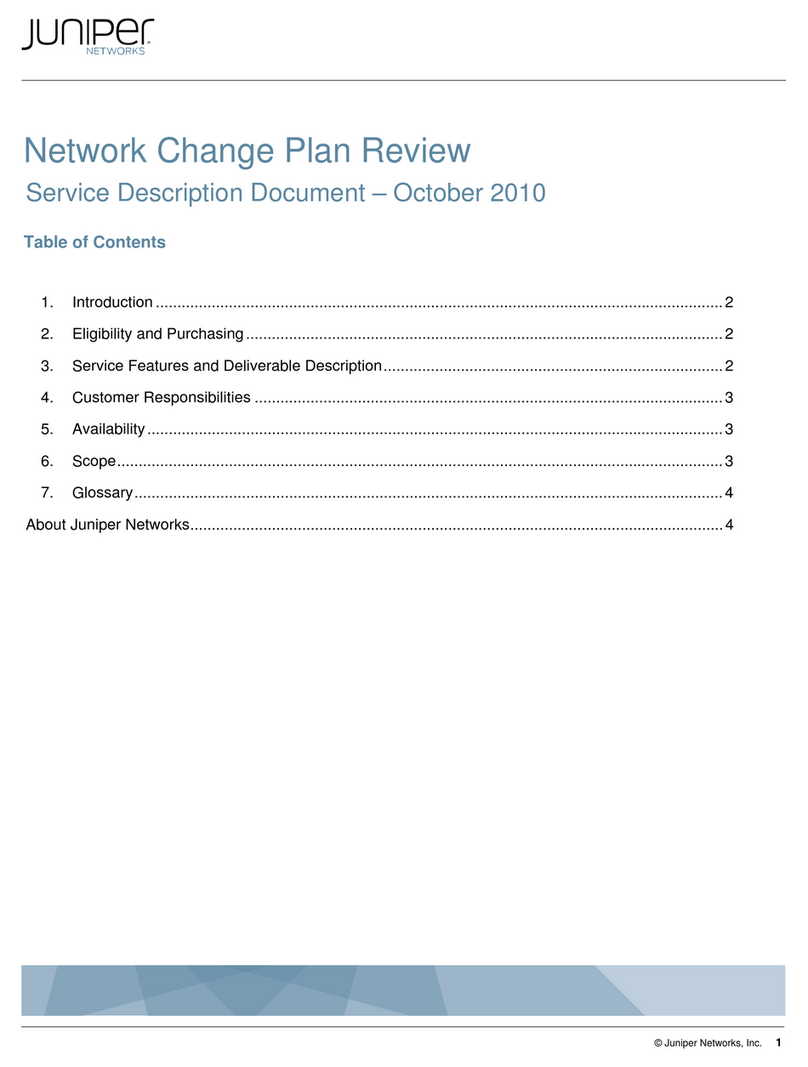
Juniper
Juniper NETWORK CHANGE PLAN REVIEW - SERVICE DESCRIPTION DOCUMENT... manual
